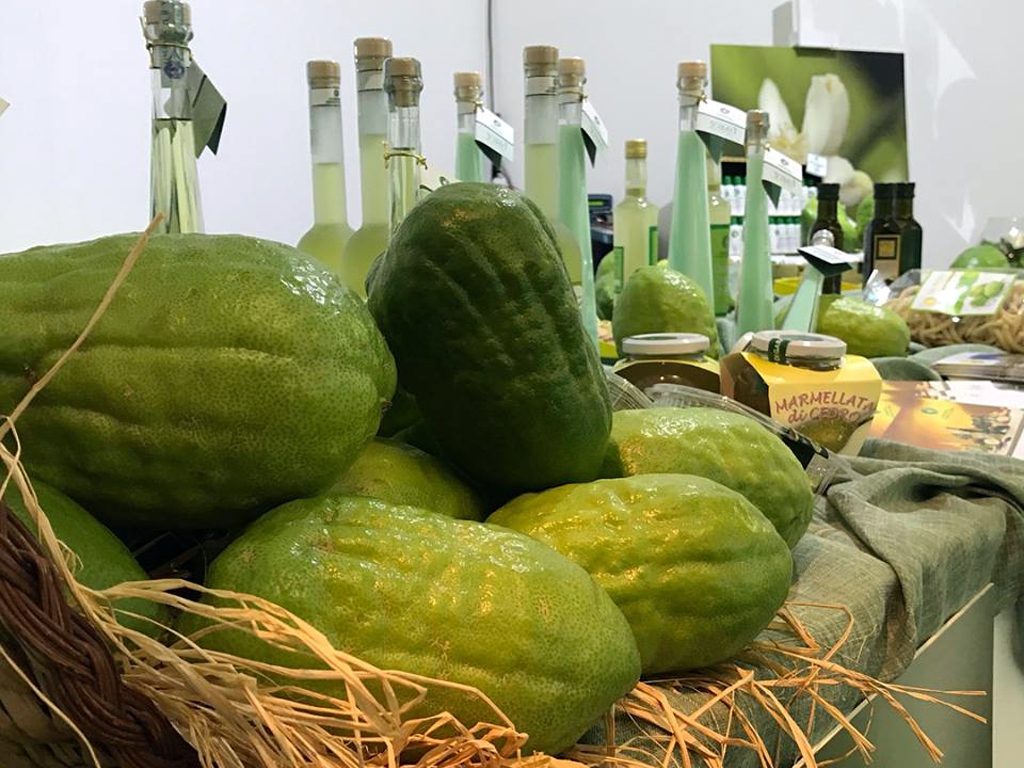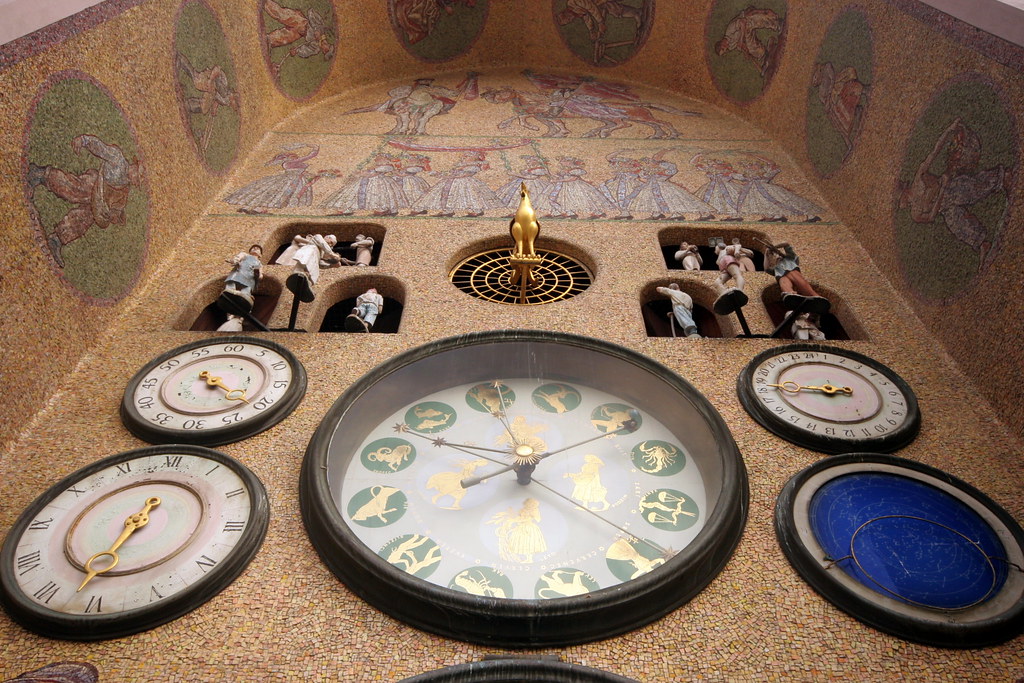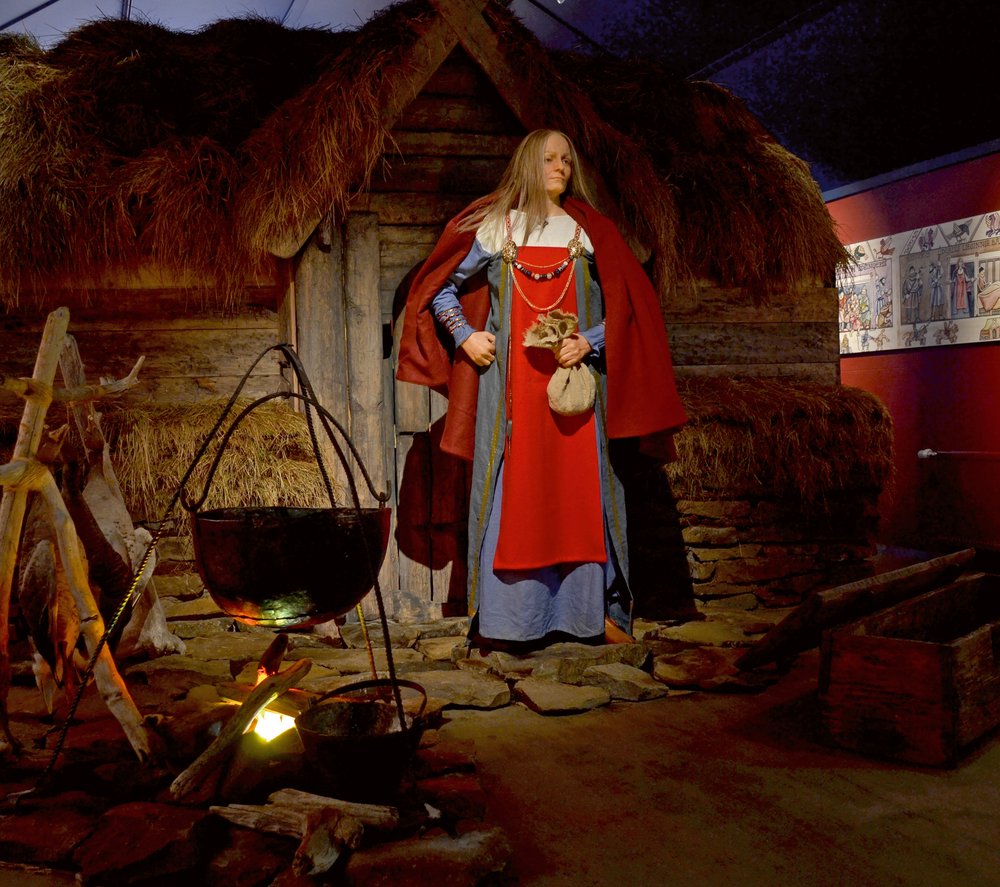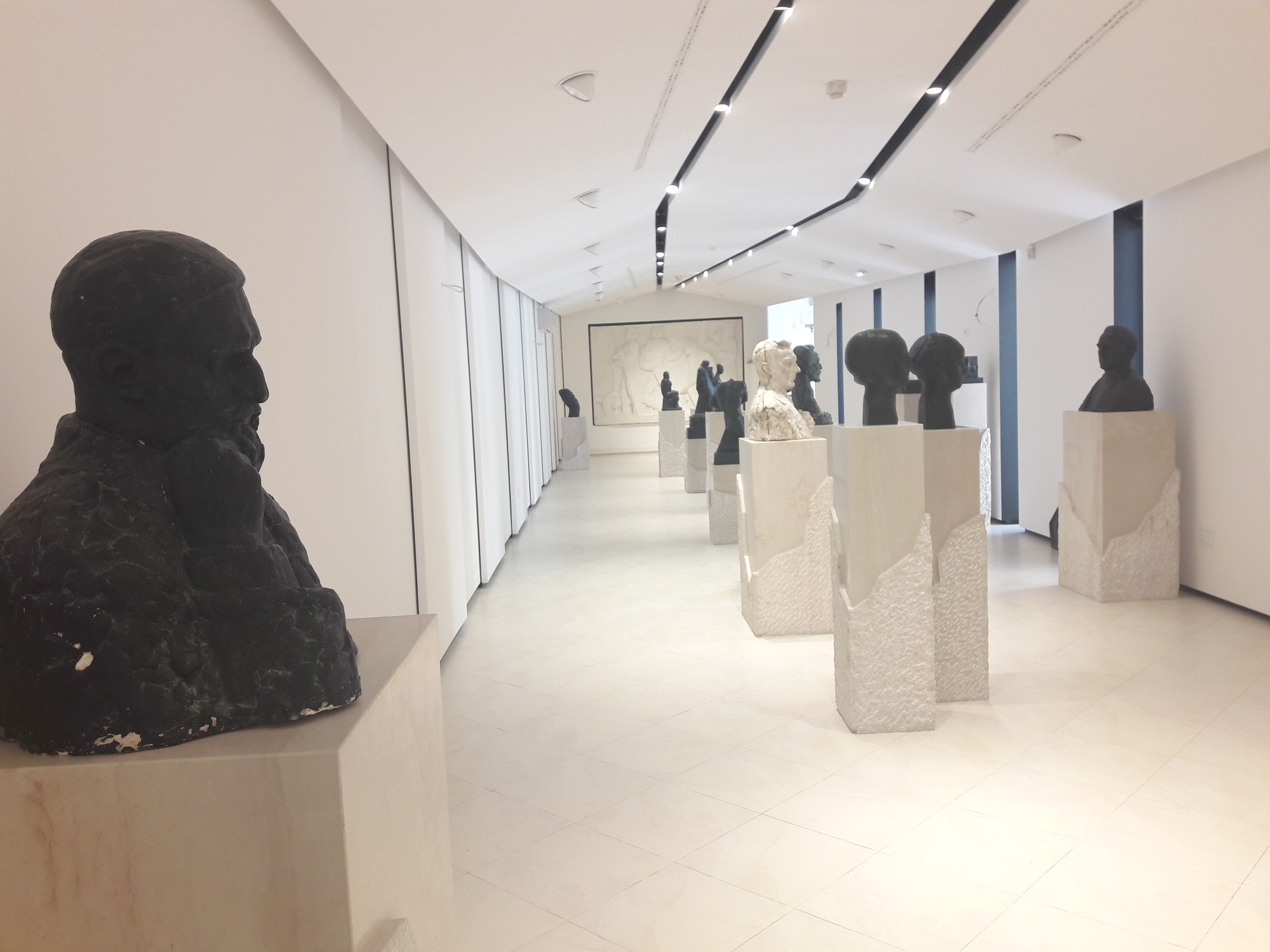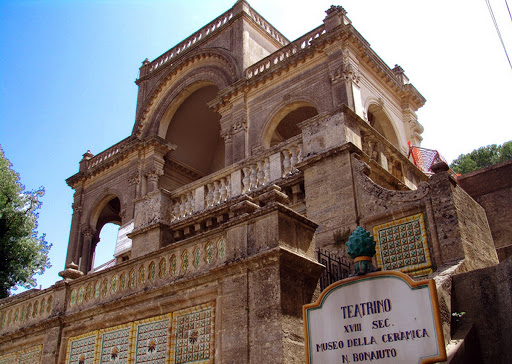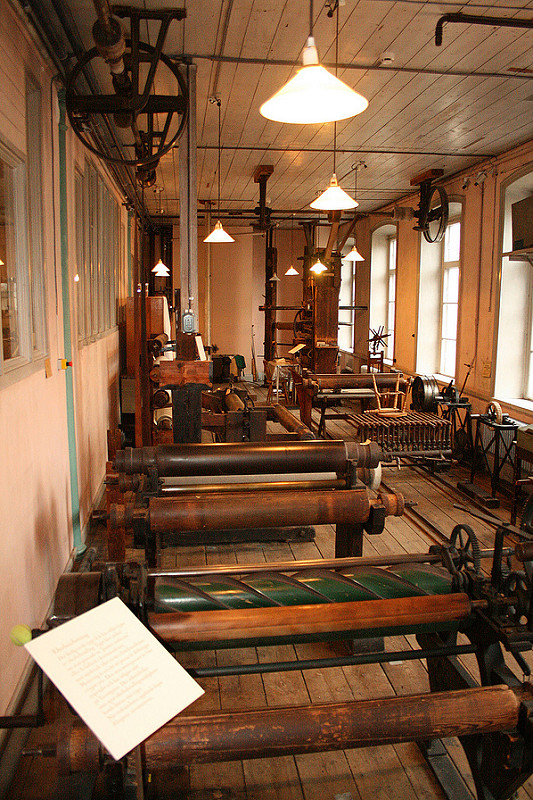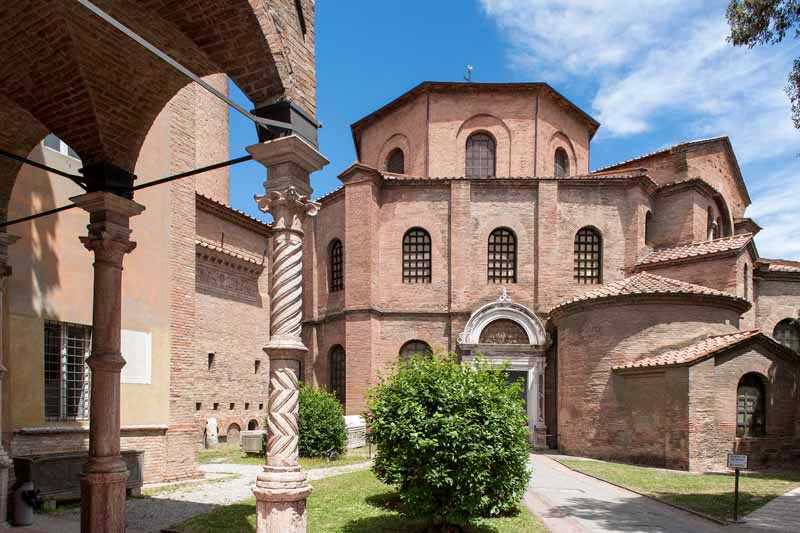The Cedar Museum, represents a moment, not only spatial, of promotion of the image of this fruit. The intentions of the Consortium are to promote a Museum according to the most progressive techniques and motivations, within an exhibition space that will deal with the cultural value and history of citrus fruit. The re-evaluation of the material culture linked to the production of the Santa Maria del Cedro Cedar and its arrival in the peninsula are, however, accessible to the public not only through museum showcases that "preserve" the memory of this fruit and this territory, but through educational panels that document the various phases of production and represent the various research done on the history of the cedar.
The Artistic Path, rich in ceramic panels, which tells of cedar, its history, rich in references linked to the biblical world and Jewish traditions, as well as the many literary quotations of citrus fruit, from Apicius, in his recipes, to Boccaccio, Tasso, up to, in contemporary times, D’Annunzio and Lee Masters. This path insists in the Historic Centre of Santa Maria and represents an artistic enrichment for that area of considerable value, as it involves several artists.
The Archaeological Route is, instead, linked to the site of Laos, colony of Magna Graecia. The visit to this place not only represents the necessary will to create a common knowledge on the value of Cultural Heritage, but also gives the opportunity to complete the story of the arrival of the cedar in Italy.
